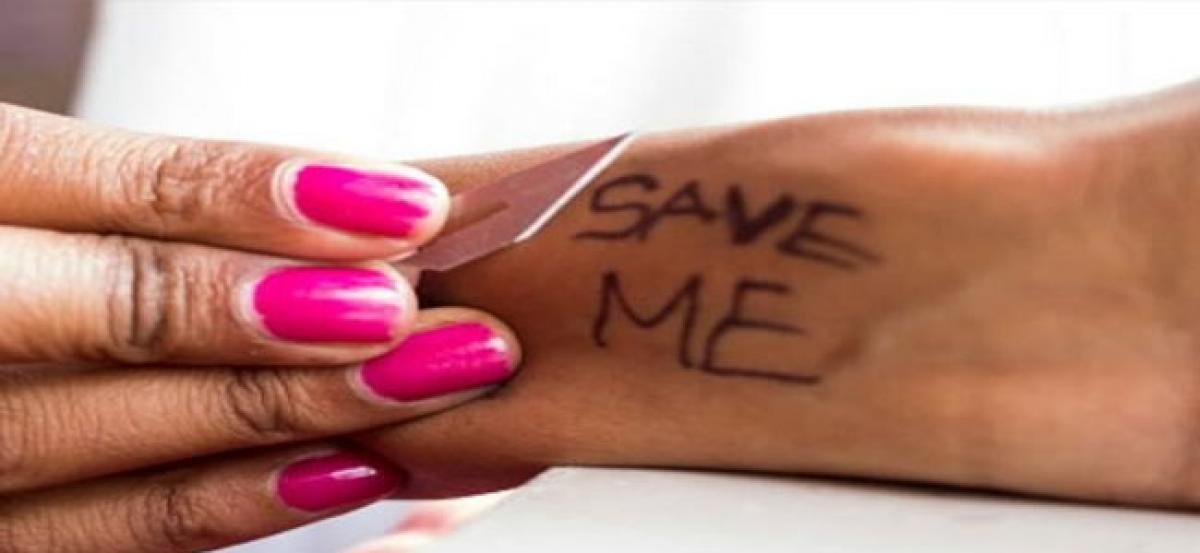Live
- Rahul to address ‘Samvidhan Bachao’ rally in city
- Swiggy’s SNACC to deliver coffee in 15 minutes
- Maha Kumbh Mela: Special arrangements to handle passengers’ influx at rly station
- Kumbh Sahayak App, a digital companion for millions of devotees
- Dr. Veerappa Moily's New Book to be Unveiled in Moodbidri
- Congress begins exercise to pick candidates for MLC polls
- Ensure uninterrupted power supply in summer season: CM
- Public Participation Key to Strengthening Democracy-Annamalai
- MLA Anirudh Reddy gets threat letter from Maoist
- "Awareness Program on Road Safety for Auto Drivers Held in Aija Town".









